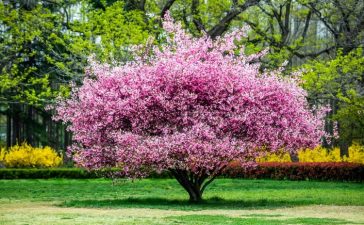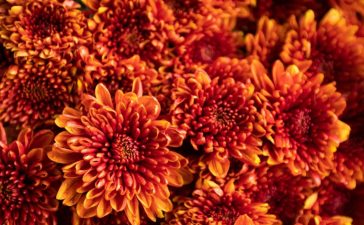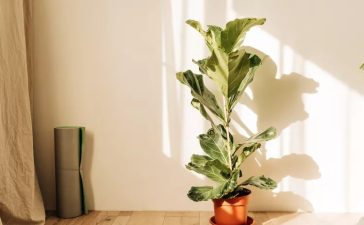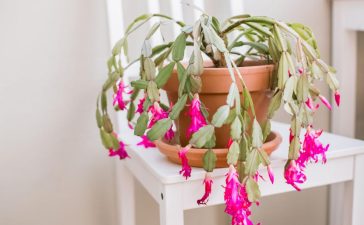While we often associate flowers with the arrival of spring, there are numerous winter-flowering plants that can brighten up your garden and home during the coldest months of the year.

Indoor Winter Flowering Plants
Schlumbergera, also known as Christmas or Thanksgiving Cacti, is a charming jungle cactus native to the humid and partially shaded regions of southeastern Brazil. These cacti are particularly treasured during the holiday season for their beautiful winter blooms. To help your Schlumbergera thrive, follow these care guidelines:
- Provide bright to medium indirect light, avoiding prolonged exposure to intense, direct sunlight.
- Water your Christmas cactus every 1-2 weeks, ensuring that the potting soil dries out at least halfway down between waterings.
- During the blooming period, higher humidity levels can benefit the plant. If you have a humidifier, place it nearby to create a more suitable environment.
Poinsettias are another popular winter flowering plant, known for their striking bright red “flowers,” which are actually specialized leaves called bracts. To care for your Poinsettia:
- Place it in medium to bright indirect light indoors, but avoid direct sunlight, except for morning sun from an east-facing window.
- Water the plant every 1-2 weeks, allowing the soil to dry out between waterings. Poinsettias can tolerate typical room humidity levels.
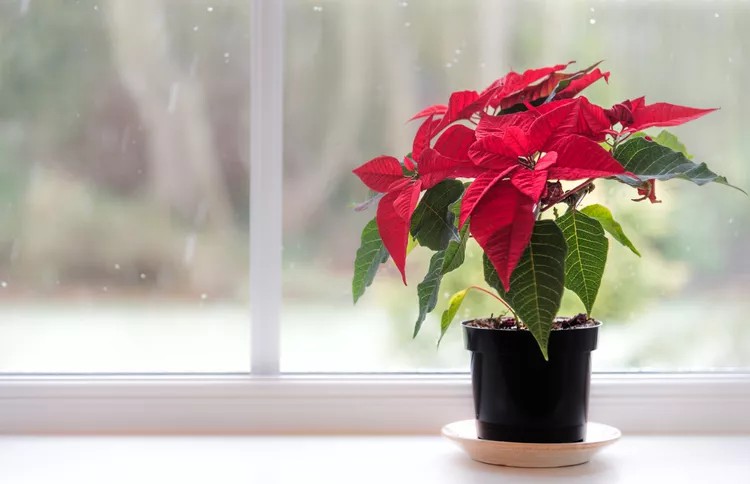
African Violets are beloved houseplants appreciated for their colorful and continuous blooms. To keep your African Violet thriving:
- Provide medium-bright indirect light to some morning direct sunlight, as they require adequate light for growth and blooming.
- Allow the soil to dry about halfway down between waterings, and consider bottom watering to prevent leaf wetting and crown rot.
- African Violets can thrive in normal room humidity, but they may benefit from slightly higher humidity levels.
These winter-flowering plants can add vibrant color and beauty to your home during the colder months with the right care and attention.
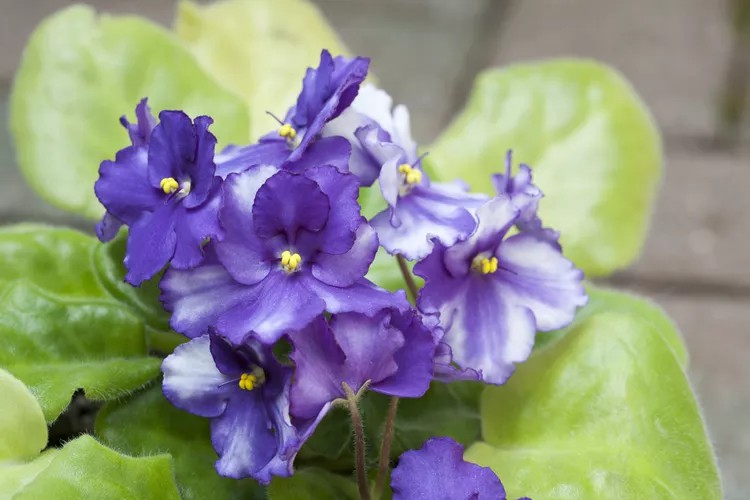
Phalaenopsis Orchids, often referred to as “Moth” or “Beginner” Orchids, are prized for their exquisite and long-lasting flowers, which can grace your home for up to 2-3 months with proper care. To ensure the health and beauty of your Phalaenopsis Orchid:
- Place them in bright indirect light, although they can tolerate medium indirect light or morning direct sunlight from an east-facing window.
- Water the orchid every 1-2 weeks, allowing the potting medium to dry out between waterings. When using a decorative cache planter, pour out any excess water after watering. During repotting, use orchid bark mix rather than traditional potting mix.

Cyclamen is a versatile houseplant known for its attractive foliage and colorful flowers, which range from pink and purple to red and white. To keep your Cyclamen flourishing:
- Provide medium-bright indirect light or some morning direct sunlight, but avoid low-light conditions, such as those from a north-facing window. An east-facing window is ideal, or use slightly diffused west-facing light.
- Allow the soil to dry about halfway down between waterings and take care not to splash water onto the leaves.
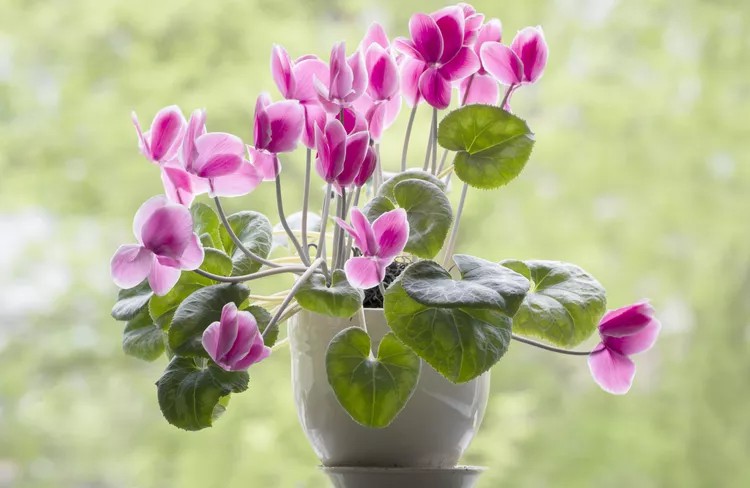
Camellias are beautiful broadleaf evergreen shrubs that offer consistent structure and early-season color in gardens. There are different varieties of camellias that can provide blooms throughout the year. Camellia japonica and Camellia sasanqua are the main types, with sasanquas flowering from mid-fall to early winter and japonicas from mid-winter to spring. Hybrids and other types may have varying bloom times. These shrubs are low-maintenance and suitable for both experienced and inexperienced gardeners.
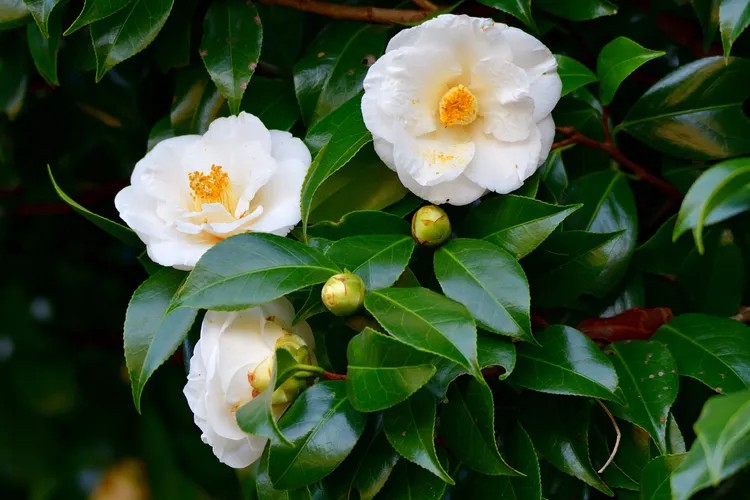
Hellebores are reliable stars of the winter garden, known for their long-lasting beauty. These perennials, often referred to as Christmas Roses or Lenten Roses, bloom near the holidays with flowers that resemble single roses. They prefer light to dappled shade and are hardy in USDA zones 5-9, with evergreen foliage.
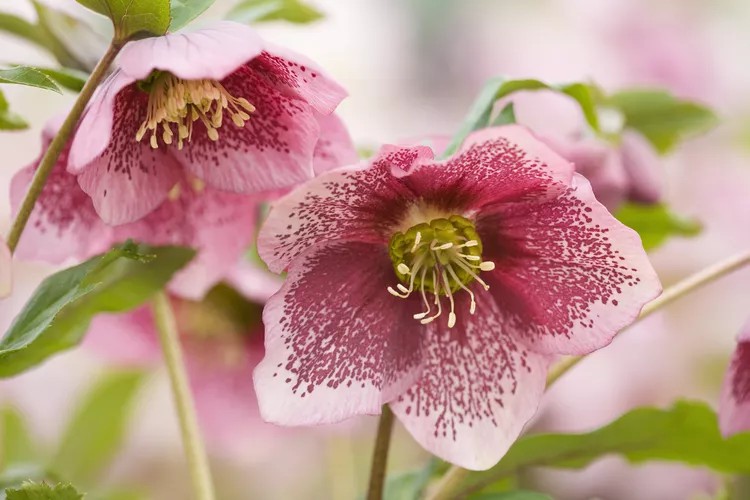
Pansies are herbaceous perennials that make a bold statement with their distinctive flat-front blooms. Their overlapping petals come in striking shades of purple, white, yellow, or red. Pansies are cold-hardy and thrive as perennials in USDA zones 4-9. Many varieties do well in part sun or shade, making them ideal for low-light areas in need of colorful blooms.
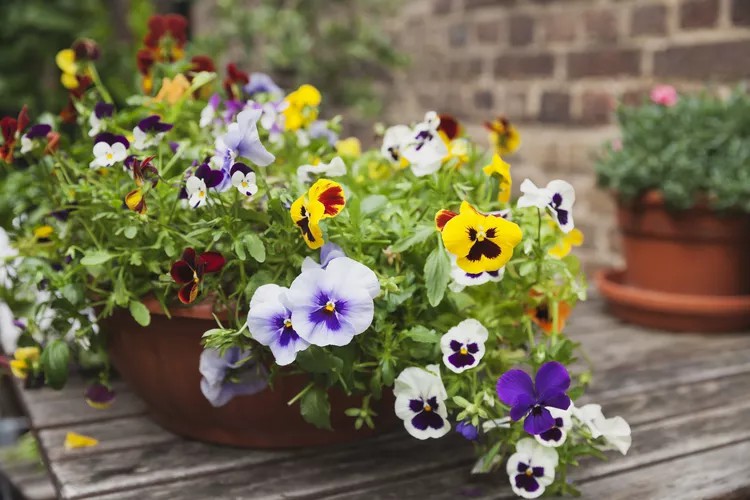
Primroses are low-maintenance early bloomers suitable for shady gardens. They offer a spectrum of colors, including red, orange, yellow, blue, purple, white, and pink. Primrose hardiness varies between cultivars but generally falls within USDA zones 3-8. These plants prefer slightly moist and acidic soil, along with ample shade.
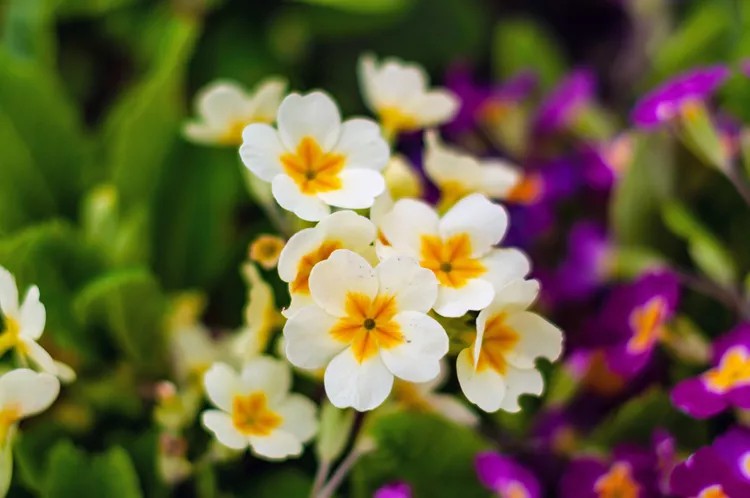
Winterberry Holly is an attractive deciduous shrub with dark green elliptical leaves and serrated edges. Female plants produce greenish-white flowers that transform into bright red berries, providing winter interest. These shrubs require 6 to 8 hours of sunlight, making full to partial sun planting locations ideal.
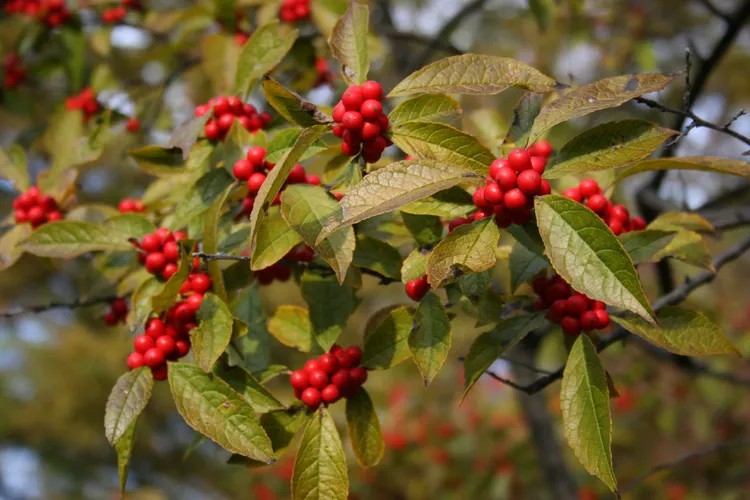
By incorporating these winter flowering plants into your garden, you can enjoy their beauty and vibrant colors during the colder months, adding life and interest to your outdoor space.
You Might Also Like
Top 10 Expert-Recommended Ornamental Trees for Curb Appeal
To enhance your landscaping and curb appeal, planting ornamental trees can add a touch of beauty and elegance to your...
Radiant Mums: A Guide to Caring for Your Fall Chrysanthemums
Chrysanthemums, commonly known as mums, are cherished for their vibrant beauty and captivating sweet and spicy fragrance, making them a...
Expert Tips on Choosing and Caring for Indoor Trees
Do you have a corner in your home that's crying out for a touch of green? Indoor trees can be...
How to Easily Propagate Christmas Cactus as Unique Holiday Gifts
Certainly, one of the most rewarding aspects of nurturing houseplants is the chance to multiply your greenery and share the...






